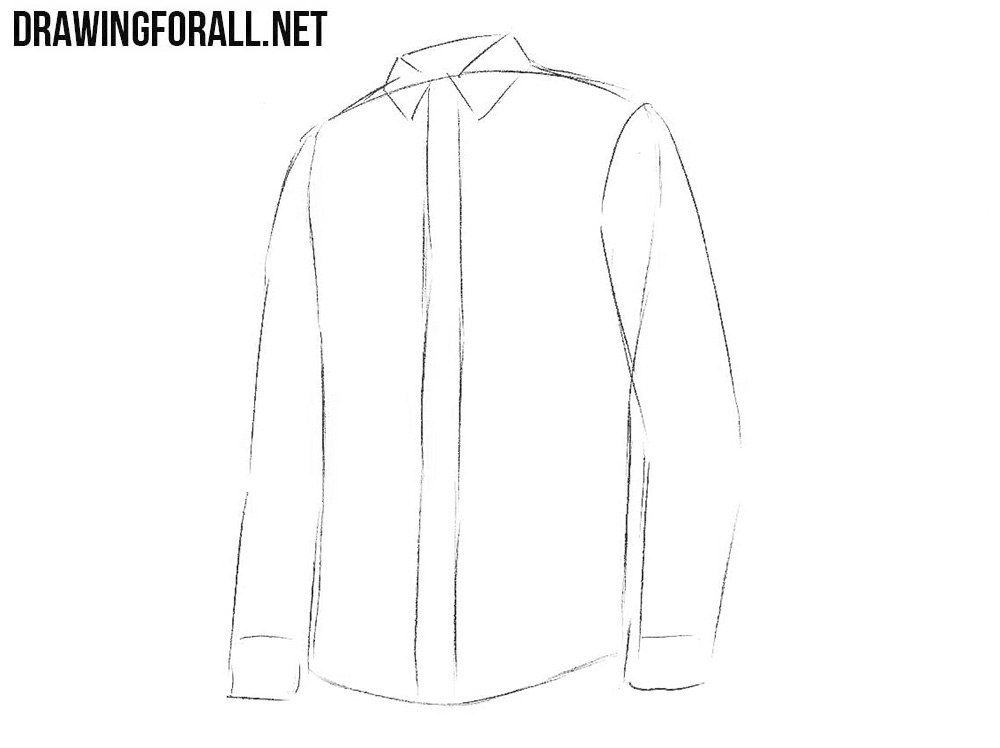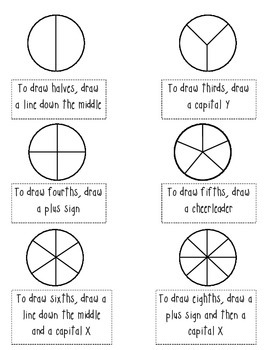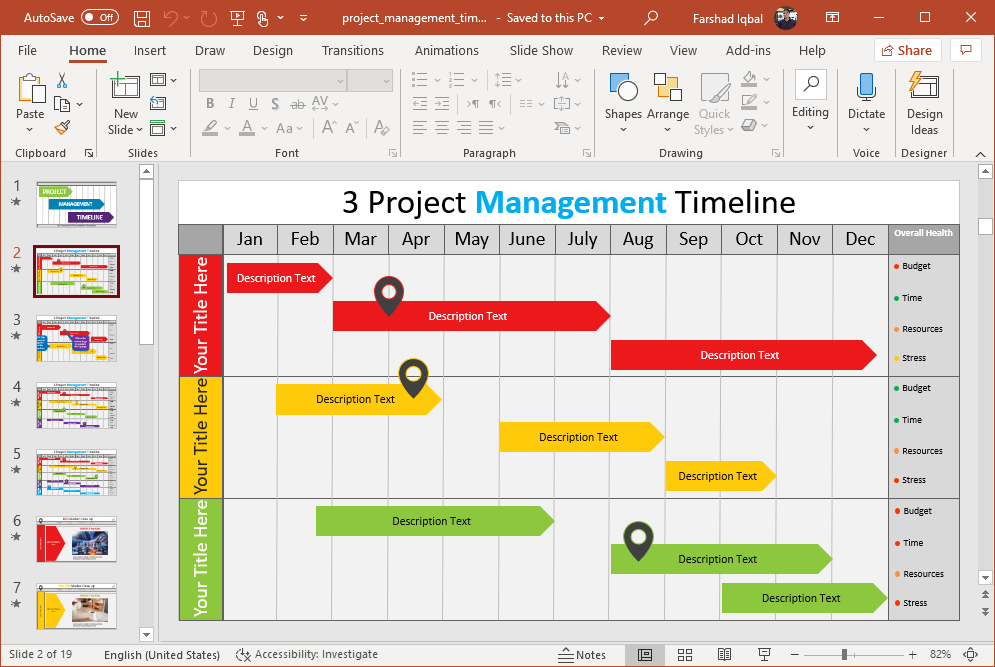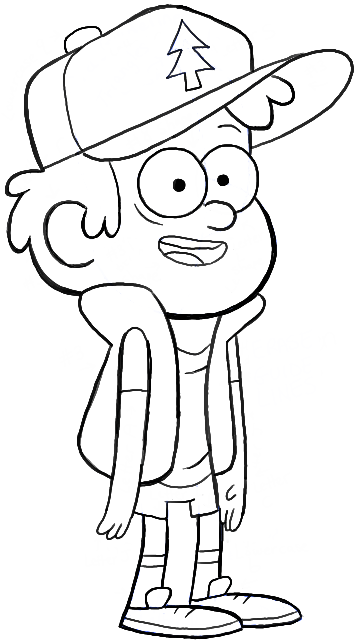Maxresdefault jpg 2408 1355
Table of Contents
Table of Contents
If you’re an aspiring artist, learning how to draw realistic mountains is an essential skill for creating breathtaking landscapes. But mountains can be notoriously challenging to draw. The key is to break it down into simple steps and techniques that anyone can master, and in this post, we’ll show you how.
Pain Points
Have you ever struggled with making your mountain drawings look realistic? Do you feel like your mountains always end up looking like lumpy blobs? Is it challenging to know where to begin, or how to create depth and texture in your drawings? These are all common pain points artists face when trying to draw realistic mountains.
Answering the Target
The first step to drawing realistic mountains is to understand their basic structure. Mountains are formed from geological processes that cause the earth’s crust to buckle and fold, creating jagged peaks and sharp ridges. To draw mountains realistically, you need to learn how to recreate these shapes and textures in your drawings.
Main Points
In this post, we’ll go over the foundational principles of how to draw realistic mountains, including:
- Basic shapes and forms of mountains
- Creating depth and texture in mountain drawings
- Using techniques like shading and hatching to add detail
- Different methods for drawing mountains, such as with pencils or markers
Drawing Realistic Mountains: My Personal Experience
As an artist who loves landscape drawing, I’ve always been drawn to the challenge of creating realistic mountains. One of the biggest hurdles for me was understanding how to create depth and texture in my drawings. But once I learned a few key techniques, I was able to take my mountain drawings to the next level.
 One of the techniques that helped me the most was using cross-hatching to create shadows and add texture to my mountain drawings. Cross-hatching is a technique where you draw overlapping lines in different directions to create the illusion of depth and shading. It takes some practice to get the hang of it, but once you do, your mountain drawings will start to look much more realistic.
One of the techniques that helped me the most was using cross-hatching to create shadows and add texture to my mountain drawings. Cross-hatching is a technique where you draw overlapping lines in different directions to create the illusion of depth and shading. It takes some practice to get the hang of it, but once you do, your mountain drawings will start to look much more realistic.
Tools and Techniques for Drawing Realistic Mountains
There are several tools and techniques you can use to draw realistic mountains, including:
- Pencils and graphite
- Charcoal
- Markers
- Ink
Each of these tools has its own unique characteristics and can be used to create different effects in your mountain drawings. For example, pencils and graphite are great for creating fine details and shading, while markers can add bold color and texture.
 Another technique that can be helpful for creating realistic mountains is to pay attention to the light source in your drawing. By creating shadows and highlights, you can add depth and dimension to your mountains and make them look more realistic.
Another technique that can be helpful for creating realistic mountains is to pay attention to the light source in your drawing. By creating shadows and highlights, you can add depth and dimension to your mountains and make them look more realistic.
Creating Texture and Depth
Creating texture and depth in your mountain drawings is essential for making them look realistic. One way to do this is to use hatching and cross-hatching techniques to create shadows and highlights. Another technique is to vary the pressure of your strokes to create different textures and shading.
 Additionally, paying attention to the details of your mountain scenery can make all the difference. Adding trees, rocks, and other natural elements in the foreground and background can add depth and context to your mountain drawings.
Additionally, paying attention to the details of your mountain scenery can make all the difference. Adding trees, rocks, and other natural elements in the foreground and background can add depth and context to your mountain drawings.
Choosing the Right Method
The right method for drawing mountains depends on what kind of effect you want to achieve. For example, if you’re looking for a realistic, highly detailed drawing, you might want to use pencils or charcoal. If you want your drawing to be more bold and colorful, markers or ink might be a better choice.
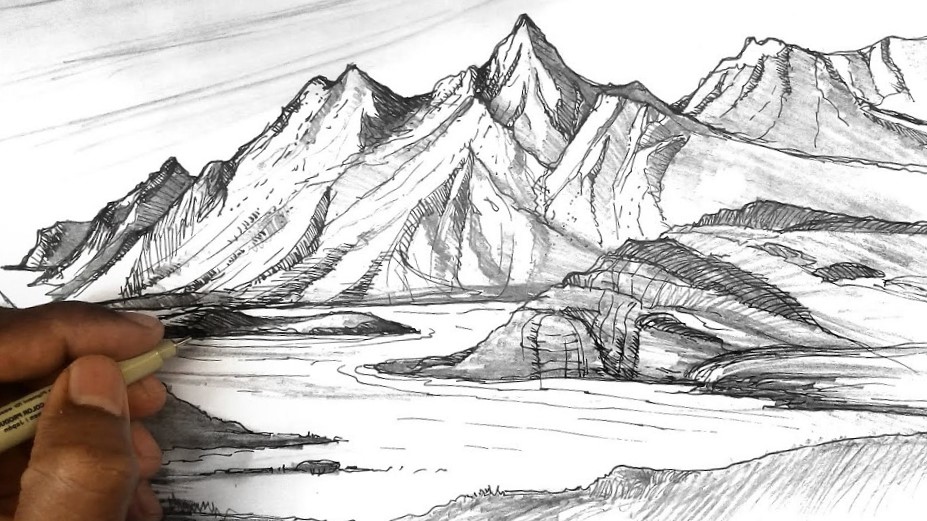 Ultimately, the method you choose will depend on your personal style and preferences as an artist.
Ultimately, the method you choose will depend on your personal style and preferences as an artist.
Tips for Perfecting Your Mountain Drawings
Here are a few final tips for perfecting your mountain drawings:
- Start with simple shapes and add details gradually
- Pay attention to the light source and create shadows and highlights
- Experiment with different tools and techniques to find what works best for you
- Study real-life mountains and try to replicate their shapes and textures in your drawings
Question and Answer
Q: What is the best type of paper for drawing mountains?
A: The best type of paper for drawing mountains depends on the medium you’re using. For pencils and charcoal, a heavier weight paper with a rough texture can help create the right amount of friction for shading and blending. For markers or ink, a smooth, high-quality paper will prevent bleeding and allow for more precise lines.
Q: How do you add color to mountain drawings?
A: There are several ways to add color to mountain drawings, including using colored pencils, markers, or paint. If you’re using pencils or markers, it’s important to layer your colors gradually and blend them together to create a smooth, realistic effect. If you’re using paint, consider using watercolors or acrylics to create different textures and effects.
Q: How can you create the illusion of distance in mountain drawings?
A: Creating the illusion of distance in mountain drawings involves using techniques like perspective and atmospheric perspective. Perspective involves creating the illusion of depth by adjusting the size and placement of objects in your drawing. Atmospheric perspective involves creating the illusion of distance by making distant objects less detailed and less distinct than closer objects.
Q: What is the best way to create texture in mountain drawings?
A: The best way to create texture in mountain drawings is to use techniques like hatching and cross-hatching to add lines and shading. You can also experiment with different strokes and pressures to create different textures, such as rocky or jagged surfaces. Paying attention to the details, such as adding trees or foliage, can also help create texture and add dimension to your mountain drawings.
Conclusion of How to Draw Realistic Mountains
Learning how to draw realistic mountains may be challenging, but it’s an essential skill for any landscape artist. By understanding the basic principles of mountain structure and paying attention to details like shading and texture, you can create stunning mountain landscapes that look like they belong in a gallery. Use the tips and techniques we’ve shared in this post, experiment with different tools and methods, and above all, enjoy the creative journey!
Gallery
10+ Drawing Landscapes With Markers - Scenery Drawing

Photo Credit by: bing.com / drawingpencilwiki
How To Draw Mountains Step By Step Easy For Beginners - Speaky Magazine

Photo Credit by: bing.com / speaky
Maxresdefault.jpg (2408×1355) | Mountain Drawing, Mountain Sketch

Photo Credit by: bing.com / mountain drawing sketches mountains landscape drawings draw pencil easy clip snowy sketch mount landscapes line nature scenery step clipart paintingvalley
Pin On Landscapes

Photo Credit by: bing.com / realistic mountains paintingvalley pikes
How To Draw Mountains Whith Pencil Step By Step, Drawing Landscape

Photo Credit by: bing.com / mountains draw drawing pencil landscape step mountain drawings realistic easy drawn simple range cool techniques tutorials outline dibujo
